
What is it all about?
FLAC is a lossless coding format which is dedicated for audio files. It perfectly preserves the data quality and provides significant performances. It's supported by a variety of audio devices.
Key Features
* Supported by many players * Supported by many hardware architecture * Easy to integrate in embedded systems * Also provide many tools (under GPL license)
Resources
Resource Type |
Link |
|---|---|
| Wikipedia | https://en.wikipedia.org/wiki/FLAC |
X
Compare Products
Select up to three two products to compare by clicking on the compare icon () of each product.
{{compareToolModel.Error}}Now comparing:
{{product.ProductName | createSubstring:25}} X




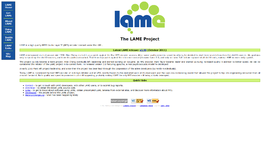
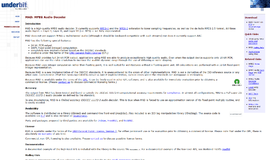
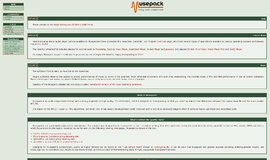



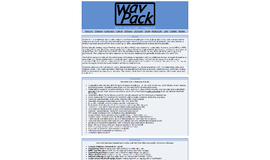

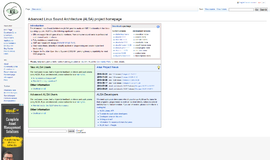


{{CommentsModel.TotalCount}} Comments
Your Comment